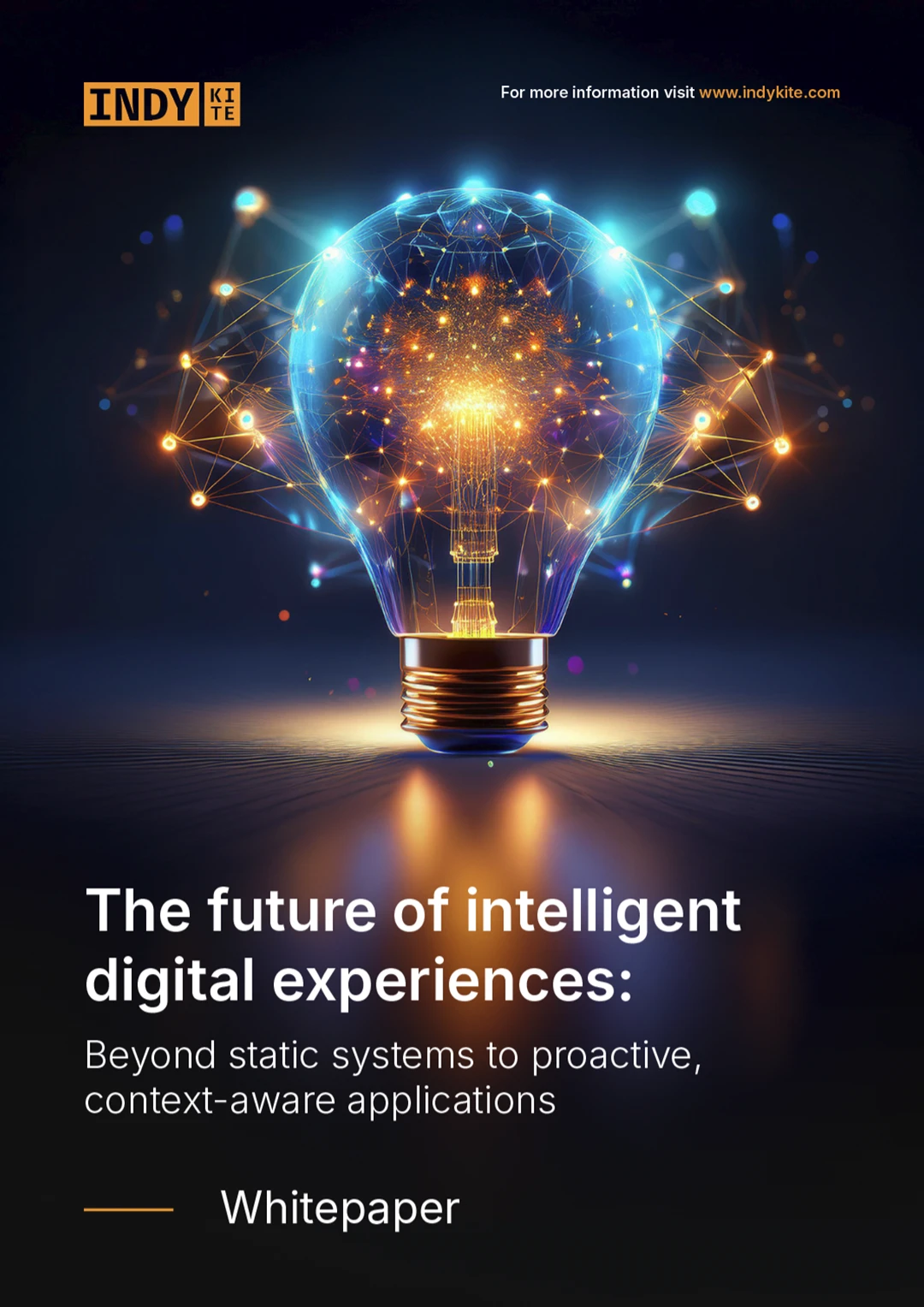It’s a big call - but hear us out.
There is a lot of discussion around retail right now about the challenging landscape as we move beyond the post covid reality.
The consensus around the main challenges include:
- Facilitating multi-channel or omni-channel customer experiences
- Seamless end-2-end experiences
- Value driven experiences to attract customer loyalty
- Siloed data, fragmented across the business
- Lack of integration and interoperability
Customer data and identity is at the core of each of these issues so what happens if we apply data driven identity and access management?
Let’s take a look.
Facilitating multi channel or omni-channel customer experiences
This trend is only going to increase as the lines between physical and virtual shopping experiences continue to fade.
Identity is at the heart of customer experience. So often we think of it as a doorway to services but it is actually the fabric that facilitates the journey. When we think of identity in these terms, by introducing a flexible data model capturing and enabling every choice and click, a whole new world of possibility opens up.
We can make smarter, more consistent experiences on devices and in person. We can utilize smart cars or fridges to save the user time and effort. We can create real-time personalized offers, based on where the user is, or often is at a certain time.
For the user, their experience is consistent, frictionless and high value across their various interactions, as they move between channels.
Seamless end-2-end experiences
Closely linked to the multichannel orchestration, creating seamless end-2-end experiences requires a holistic view of the customer’s journey and their every decision and action point.
From onboarding and authentication, to recommendations and offers, and smooth checkout and payment experience, data driven identity can deliver personalized, private and secure shopping experiences.
By connecting identity data with contextual data and using that within a dynamic authorization context, we can delight the customer with frictionless, fast experiences, and far more choice for how they would like to shop.
Further, the customer can stay within the retail application and not get diverted to a separate payment interface. This ownership of the customer’s end-2-end experience is incredibly valuable to a retailer and can also bring down transaction costs, while providing an opportunity to influence user behavior (i.e. with suggestions or incentives to choose a lower cost payment method).
Value driven experiences to attract customer loyalty
Multichannel and seamless experiences aim to remove friction and delight customers with simple and effective interactions - but in a competitive market, creating exceptional value driven experiences for customers is the key to loyalty.
With a flexible underlying data model, a rich graph of identity data can securely use enriched and connected data to further explore new products and services for the customer, offer more individualized journeys, find areas for cost-cutting and identify new potential revenue streams.
This could look like creating more attractive offers, cross-sell with partners, geo-specific offers and gaining the edge on competitors through tailored experiences.
For example, free parking can be a key differentiating between one supermarket and another. So let’s take it further and offer free parking automatically with instant vehicle registration, connected to loyalty accounts, regardless which store location the customer chooses.
Siloed data, fragmented across the business
This is a common challenge across industries and is particularly a challenge in retail when the marketing or loyalty data is separate from the customer interaction data.
An identity knowledge graph has the unique ability to act as the data orchestration piece, pulling or referencing dynamic data across the organization and connecting with users, their context and activity. The IndyKite Knowledge Graph can integrate within your existing infrastructure, with no rip and replace required.
Connecting the data you already have creates a complete picture of your customer that can be used to uncover patterns, insights and drive value across your business.
It also means you can achieve more value from your existing investments and see value from the data sitting in your systems.
Lack of integration and interoperability
A frustrating legacy of the past era is lack of interoperability between various software solutions. Workarounds just don’t work at scale.
Connecting disparate systems can open a world of opportunity for retailers. This means that customer interactions can be directly linked to marketing data, loyalty app data, payment data, etc.
Data driven identity can provide this data orchestration link by referencing the various datasets in the knowledge graph. This data can then be contextualized and enriched to uncover hidden insights, drive business logic, and enable bespoke services.
IndyKite’s knowledge graph directly integrates with your existing environment - there’s no need to rip and replace - which means you can realize more value from your existing investments.
Want to learn more? Check out our webinar on Customer Identity in Web 3.0: Retail’s Best Asset.


















